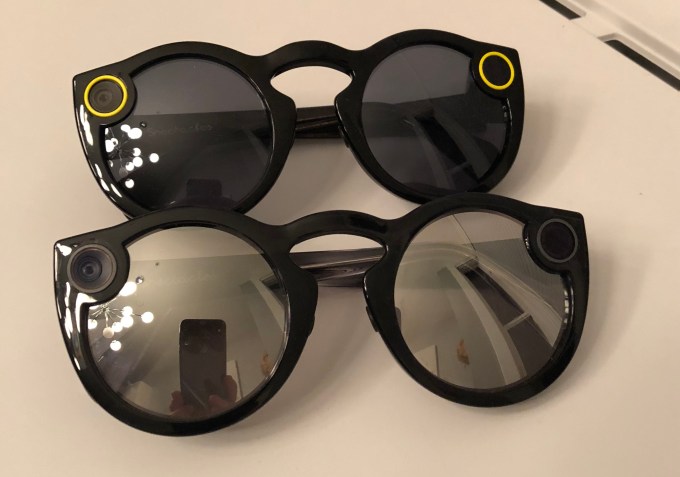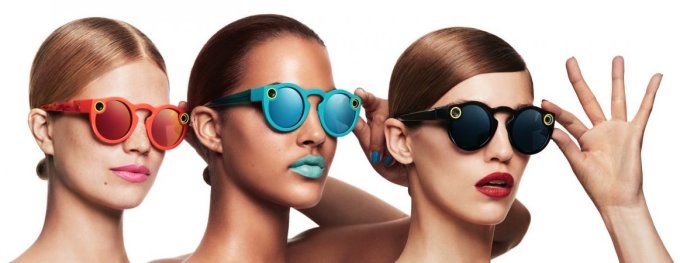Influcencer marketing could get a lot more accountable if Snapchat’s PR firm wins this lawsuit. Snapchat hoped that social media stars promoting v2 of its Spectacles camera sunglasses on its biggest competitor could boost interest after it only sold 220,000 of v1 and had to take a $40 million write-off. Instead Snap comes off looking a little desperate to make Spectacles seem cool.
Snap Inc comissioned its public relations firm PR Consulting (real imaginative) to buy its an influencer marketing campaign on Instagram. The firm struck a deal with Grown-ish actor Luka Sabbat after he was seen cavorting with Kourtney Kardashian. Sabbat got paid $45,000 up front with the promise of another $15,000 to post himself donning Spectacles on Instagram.

He was contracted to make one Instagram feed post and three Stories posts with him wearing Specs, plus be photographed wearing them in public at Paris and Milan Fashion Weeks. He was supposed to add swipe-up-to-buy links to two of those Story posts, get all the posts pre-approved with PRC, and send it analytics metrics about their performance.
But Sabbat skipped out on two of the Stories, one of the swipe-ups, the photo shoots, the pre-approvals, and the analytics. So as Variety’s Gene Maddaus first reported, PRC is suing Sabbat to recoup the $45,000 it already paid plus another $45,000 in damages.

TechCrunch has attained a copy of the lawsuit filing, embedded below, that states “Sabbat has been unjustly enriched and PRC is entitled to damages.” Snap confirms to us that it hired PRC to run the campaign, and that it also contracted a campaign with fashion blog Man Repeller founder Leandra Medine Cohen. And as a courtesy, I Photoshopped some Spectacles onto Sabbat above.
But interestingly, Snap says it was not involved in the decision to sue Sabbat. The debacle brings unwanted attention to the pay-for-promotion deal that brands typically tried to avoid when commissioning influencer marketing. The whole thing is supposed to feel subtle and natural. Instead, PRC’s suit probably cost Snapchat more than $90,000 in reputation.
The case could solidify the need for influencer marketing contracts to come with prorated payment terms where stars are paid fractions of the total purse after each post rather than getting any upfront, as The Fashion Law writes. PRC’s choice to chase Sabbat even despite the problematic publicity for its client Snap might convince other influencers to abide more closely to the details of their contracts. If social media creators want to keep turning their passion into their profession, they’re going to have to prove they’re accountable. Otherwise brands will slide back to traditional ads.
from TechCrunch https://ift.tt/2Og7vjt
via IFTTT
Comments
Post a Comment